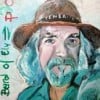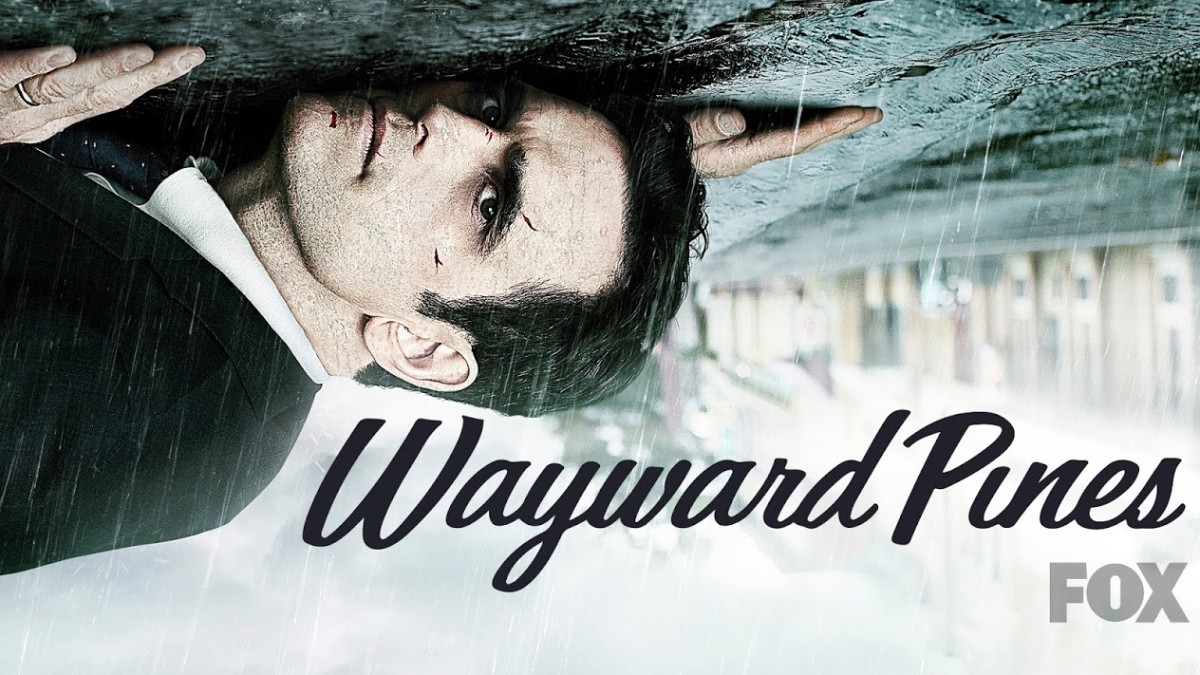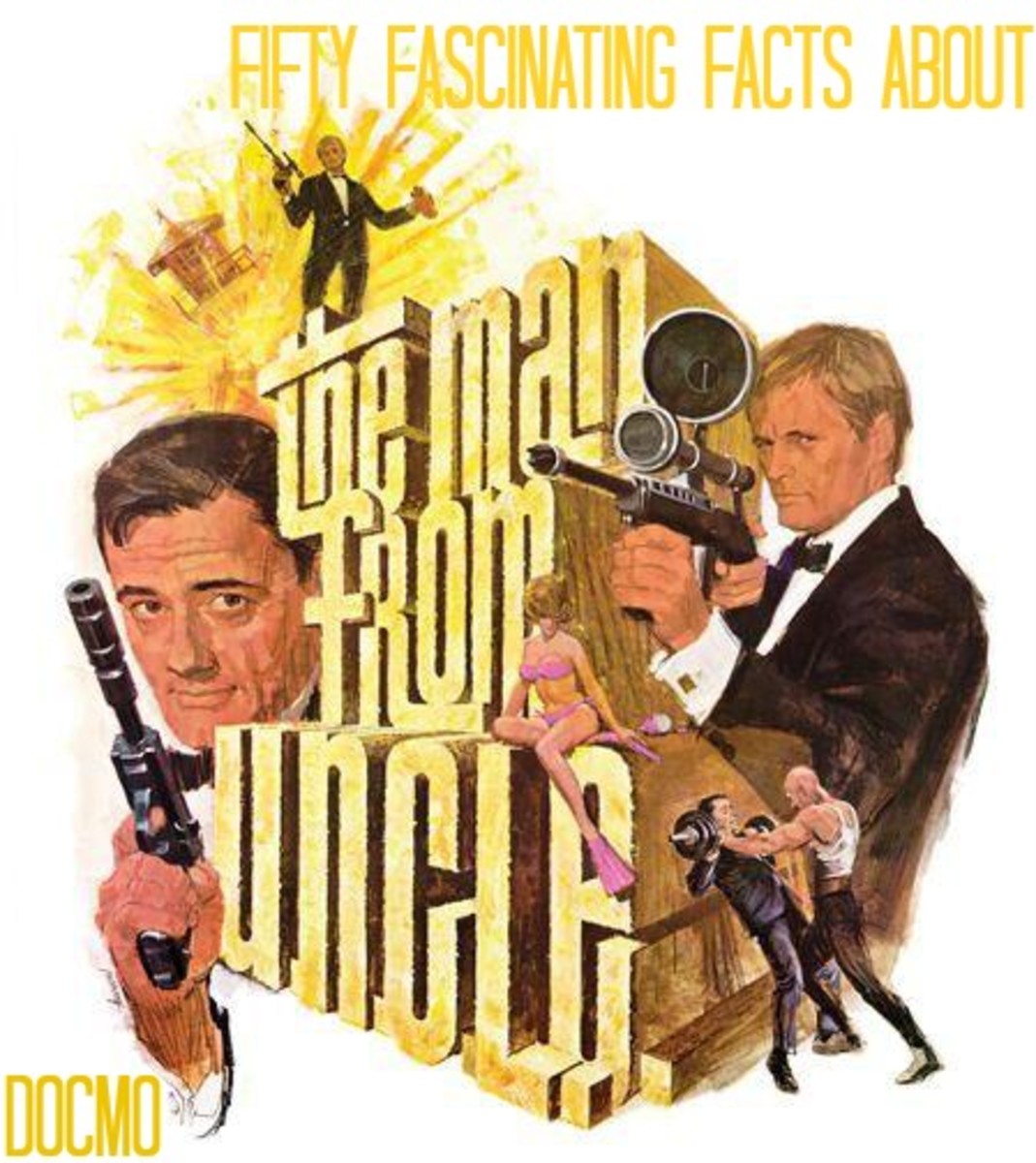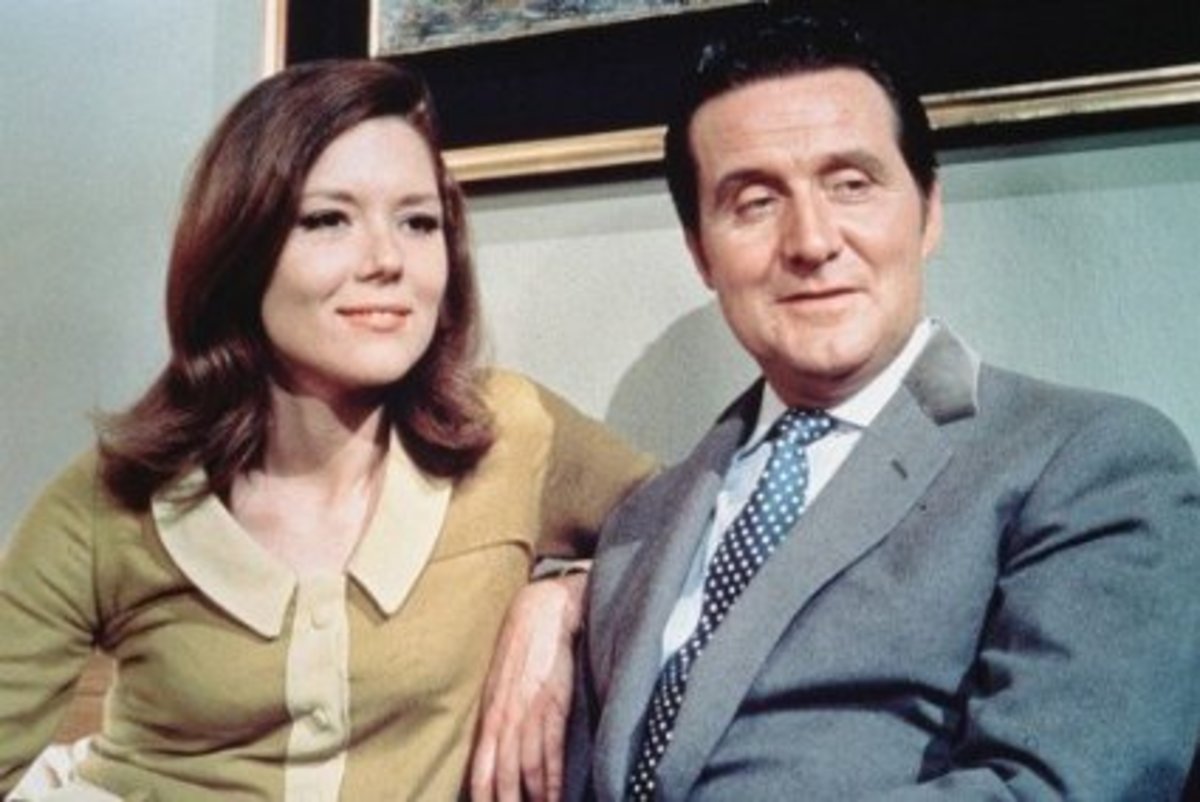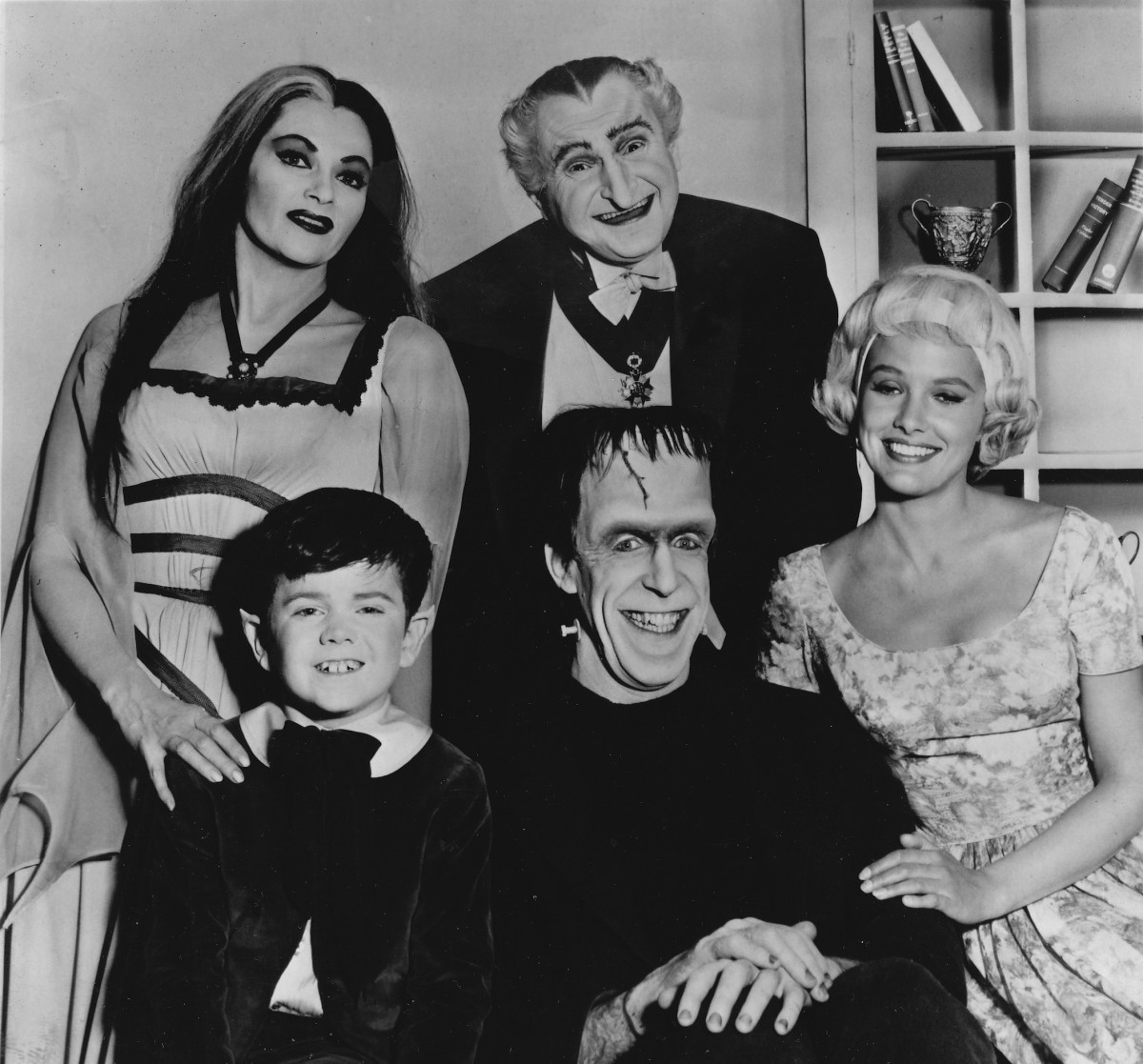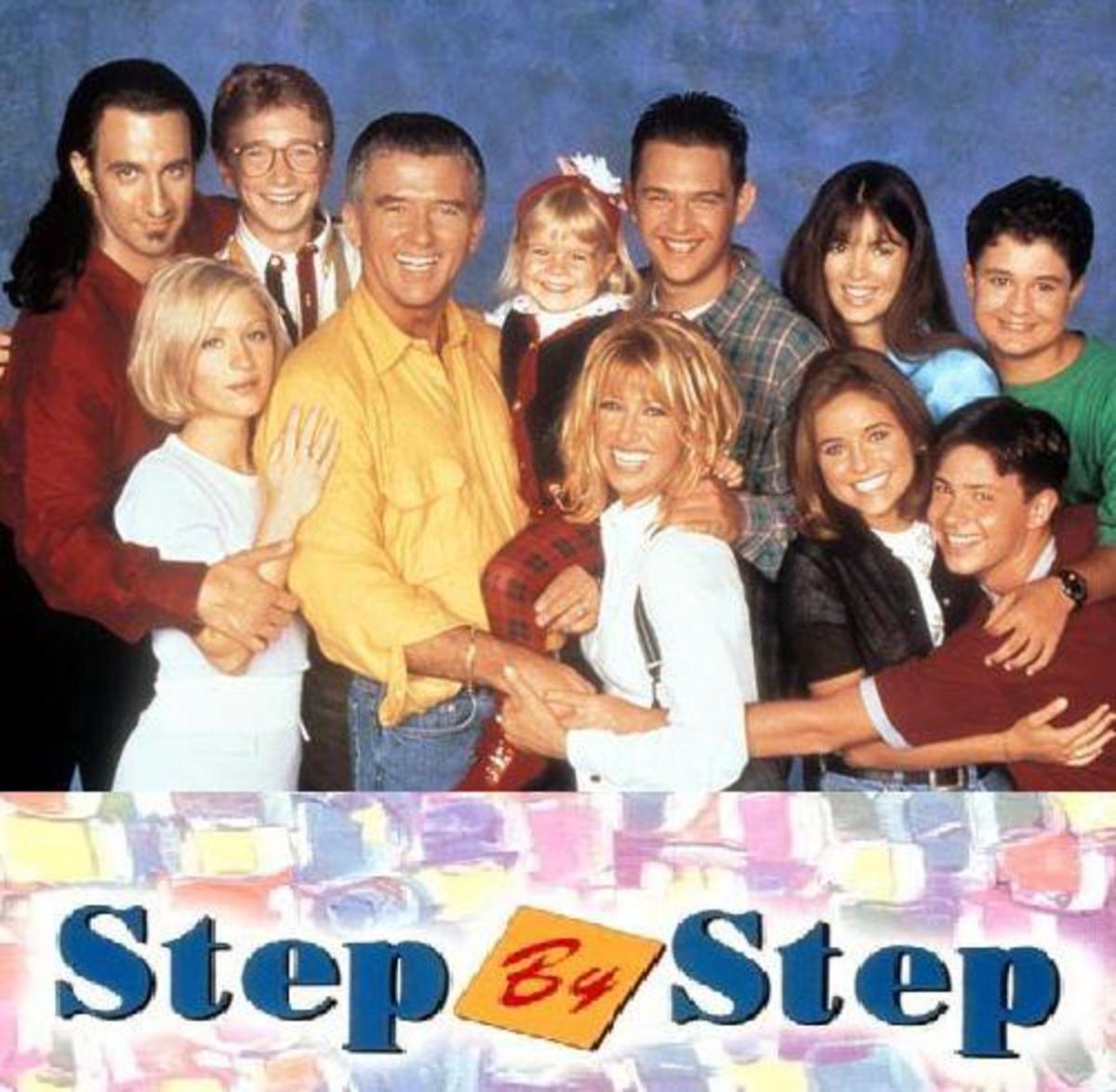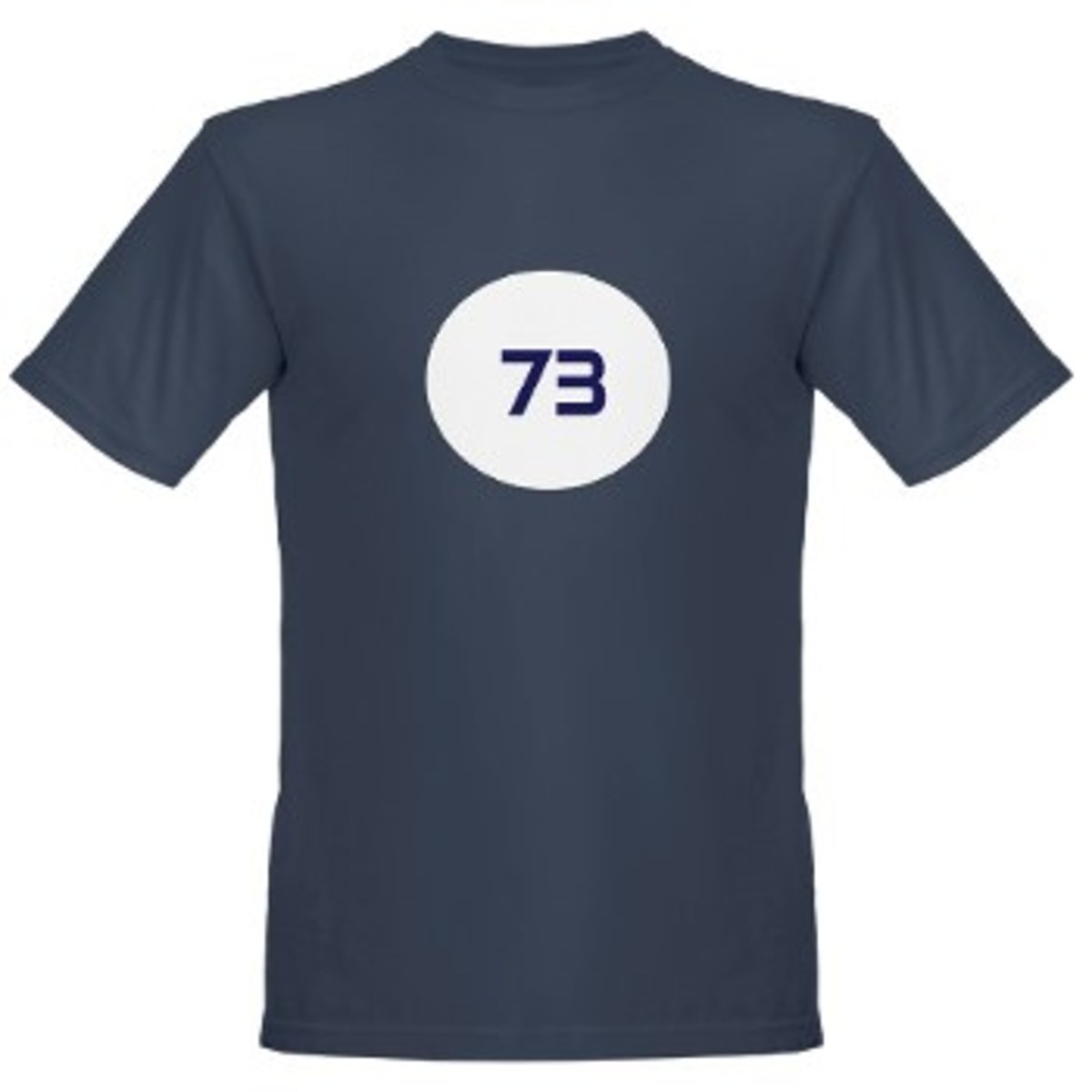The Prisoner cult TV series withPatrick McGoohan as Number Six
The Prisoner starring Patrick McGoohan
The Prisoner was a British television series that soon achieved cult status for its star Patrick McGoohan. It was broadcast from 29 September 1967 to 1 February 1968 and was set in a mysterious village that none of the people living there could escape from, as you will discover in this retrospective review.
Every villager had a number, even those in charge and McGoohan was Number Six, although in the opening sequence he protests to his captors, led by Number Two, that he is a "free man." Number Two cackles with laughter at him. Number Six asks "What do you want?" and the reply is "Information, we want information." Number Six, in a defiantly angry voice, says "You won't get it."
Who was Number One?
The Prisoner TV show is a combination of a spy drama that includes elements of science fiction and a thriller whilst making biting social commentary on the state of the world and how it is run. The numbered prisoners are held in a constantly monitored police state masquerading as a happy place and a democracy of sorts, and the controllers have advanced scientific technology such as super computers, surveillance and electronic brainwashing at their disposal. It appears that these controllers are prisoners too with an unseen and unidentified Number One at the top of the pyramid of control. Number Six says that he wants to find out who the warders are and who are the prisoners.
The series starts in London with McGoohan handing in his resignation for some top job as a government secret agent of some sort but as he is getting ready to leave where he has been living he is rendered unconscious with gas and transported to The Village where he regains consciousness.
This opening sequence is very dramatic and with its soundtrack and narrative has achieved cult status as a definitive moment in British television history that was very influential but could never be repeated. Its production values are so high that it has been compared with those of a film and not just a television show.
The Prisoner logo
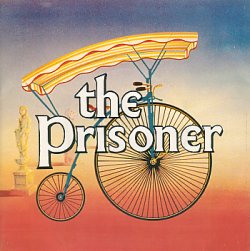
Portmeirion
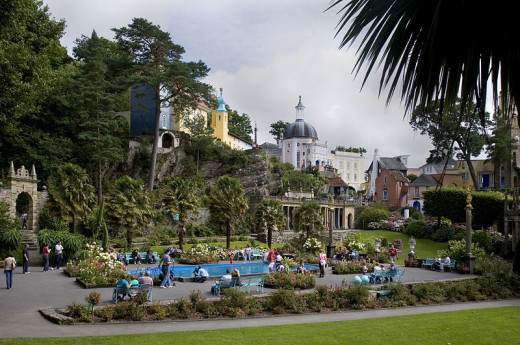
Where was the Village? Where is Portmeirion?
The Village, which was actually filmed in Portmeirion in Gwynedd, North Wales, has everything its residents could seemingly want to enjoy a happy life apart from the freedom to leave. It has a café, sporting facilities, regular public events and celebrations, shops, a bell-tower, a square, and even its own newspaper called the Tallyho! People play games like chess, stroll around the streets and ornamental gardens, meet each other for coffee and other normal social interactions.
Residents all have their own homes and are provided with credits to buy what they need in the Village. They also have access to the Intercomm system to communicate with others. Number 6, of course, gets many unwanted visits. Throughout the series we see how he is always defiant and hostile to any proposals put to him. It is clear he trusts no one and is always right in being this way. This is a theme of the series that no one in the Village is trustworthy and Number Six is justified in his views.
Regular announcements are made over an intercomm system. And in one episode it shows an election for the candidate with most votes. But everything is rigged just like in the world today.
The residents are always dressed in bright colourful clothes and people carry flamboyant parasols. Many wear smart blazers and all wear badges showing their number and a penny-farthing cycle. There are taxis provided for residents of the Village too.
It has a large sandy beach, the sun is usually shining and it appears a wonderful place to live apart from it is all being rather blatantly policed and controlled. Malcontents and rebels are taken to the hospital for treatment or "social conversion." One episode this is tried on Number 6 where he is given faked brain surgery and drugged after a committee has decided he is "unmutual" and "disharmonius".. Many 'patients' bear the scars of actual lobotomies. The Prisoner is making very obvious reference to psychiatric control and forced medication of those deemed mentally unfit in our own society.
The Village is under daily electronic surveillance, which in many ways was prophetic when you consider how there are security cameras everywhere today. If there is any trouble or anyone, such as Number 6, tries to escape an Orange Alert is sounded and teams sent to prevent the runaway from succeeding. When all else fails a gigantic balloon known as "Rover" is dispatched to catch anyone who is making an escape bid. Rover comes up out of the sea and finds anyone escaping and engulfs them. Rover also patrols the streets of the Village.
Leo McKern
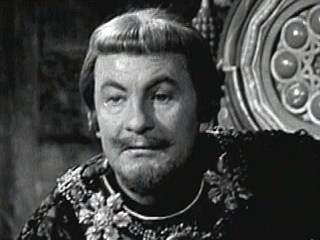
Who is Number Two?
Number Two is in charge of operations for the Village and it is made obvious that his main job is to 'crack' Number Six and get the information they want. This information is the answer to why the former agent resigned. In many episodes he is asked this question: "Why did you resign?" Number Two is also seeking to find out more about Number Six and what makes him tick, and so of course are the viewers!
Angelo Murcat the Butler
Number Two has a special seat in a large circular room that is accessed via electronic doors. The whole place is fitted with hi-tech electronic gadgetry. He is served by a diminutive mute butler, played by Angelo Murcat, who is in most episodes of the series. However, whilst this butler appears to be in the service of Number Two, all is not as it seems and in the final episode he escapes with Number Six after helping him in his efforts to get free. He is a mystery character that there has been a lot of debate about. Was he the real Number One some have asked?
Other numbered residents of the Village must also report to Number Two. In each episode we see how Number Two is in charge of some plan to 'break' Number Six and variety of methods are used including attempted mind control, dream manipulation, and an elaborate identity switch even when Number Six's mind is moved into the body of another man. If Number Two fails to get results, and he always does, he is replaced by a new Number Two. Famous actors, including Patrick Cargill and Leo McKern, played the part of Number Two throughout the series, with most of them only appearing once.
McKern appeared in three episodes including the final two which were entitled, Chimes of Big Ben, Once Upon a Time and Fall Out. It is said that filming for the second of these was such an intense experience for him that the actor suffered a real nervous breakdown, and this was confirmed by McGoohan in an interview (see video included at the end).
Secret Agent or Dangerman
McGoohan used to star in a spy series known as Secret Agent and in the UK as Dangerman but after many episodes he wanted to quit and this was part of where the idea for The Prisoner came from. He approached Lew Grade who was in charge of the series and put the new idea he had to him and it was accepted. McGoohan wanted only seven episodes but he was talked into extending this to 17.
Most of the episodes show the Village, although two do not follow this pattern. There is an episode with the title Living in Harmony that is like a Western in which our hero is a lawman who quits his job. McGoohan once explained that doing a Western was something he had always wanted to act in and this was his opportunity to do so.
Another episode entitled The Girl Who Was Death, we discover towards the end, was actually a story being read by Number Six to some of the Village children. Set in what appears to be Britain, he plays the part of a man who survives the numerous assassination attempts of a beautiful woman.
Who is Number One?
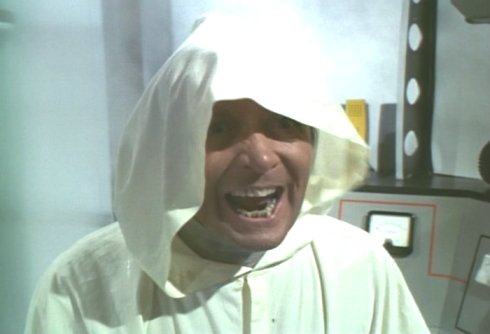
Final episode: Fall Out
The most unusual episode of all, an episode that caused a storm of anger and controversy, was the final episode entitled Fall Out. In the penultimate episode, entitled Once Upon a Time, Number Six is the victim of a week-long psychological battle known as "Degree Absolute," waged against him by Number Two, in a final effort to break him. One of the two men must die and we see that it is Number Two that finally does so.
Leo McKern was playing Number Two in this episode and this was when he suffered a breakdown from the intense pressure of filming this. As the winner of this, Number Six is congratulated by a character known as the Supervisor and told that he now can have whatever he wants. Number Six asks be taken to meet Number One.
The final episode shows how our hero gets taken into a bizarre and surreal courtroom in a huge cavern with a large assembly of jurors all in white hooded robes like the cowls of monks. The music of The Beatles is playing from an old-fashioned jukebox. The assembly members all have their faces in masks painted black on one side and white on the other. Signs in front of them state that they are "Nationalists","Activists," "Anarchists" and various other designations.
The judge in the centre of the room wears a red gown and traditional wig. In the room there is also an imposing metallic cylindrical object with a mechanical eye of some sort and just the figure 1 on the object. Is this a reference to the Masonic All-seeing eye so popular with modern conspiracy theorists? It seems that this is the Judge's contact with Number One.
McGoohan's character, who is no longer given a number, gets praised very highly by the Judge, saying he has past the ultimate test and won the right to be an individual. He is told he is free to leave The Village or to lead them. But before he makes his decision some other matters are to be dealt with. Another prisoner identified as Number 48, addressed by the former Number Six as "Young Man" is brought in. He calls the Judge his "Dad."
Number 48 is wearing a fancy ruffled shirt, a top hat with a flower in it and a bell around his neck. We can identify him as a hippie and this is emphasised by the soundtrack we had already heard playing All You Need is Love by The Beatles. The Young Man clearly has a liking for the song Dry Bones aka Dem Bones that makes reference to the Biblical scripture in Ezekiel. He breaks into song and dances around causing a major disturbance because all the assembly join in with him. His crime is the rebelliousness of youth. He is finally led away.
The body of the former Number Two is brought into the room in the caged room from the last episode and with scientific devices he is miraculously brought back from death. His crime was failing to break Number Six but also in turning against "the hand that feeds" the Judge tells us when summing up. The former Number Two has made a dramatic speech to the assembly and to the former Number Six. He tells of how he was chosen and abducted himself to join the community but how he should have made an effort to break away from it. The former Number Two turns his attentions on the Number One cylinder and stares at the eye which blows up. He is taken away to be dealt with later too after the former Number Six's inauguration.
The former Number Six, who is seated on a throne with a blue carpet leading up to it, is shown by the Judge that his old home is being got ready for his return, he is given travellers' cheques to the value of 1,000, 000 pounds, a passport, petty cash, and his keys to his car and home. He is told to address the court. He tries to but as he says "I feel," the jurors make so much noise you cannot hear what he is saying. They are all clapping, chanting "I, I, I," and banging on their desks. But at last he is taken to meet Number One and goes via a transporter tube to a stairway that leads to Number One.
Number One is looking at images of Number Six in past episodes, and is dressed like a monk too and holds a crystal ball. He has the face of a monkey but this is a mask that when ripped away reveals very briefly that of Number Six. Number One breaks away from the former Number Six and leads him on a chase.
The former Number Six has already seen that Number 48 and the former Number Two are prisoners in cylindrical cages marked "Orbit 48" and "Orbit Two". There is another empty holding area marked simply "Orbit."
The former Number Six realises that a main metallic cylinder is actually a rocket. He launches it. The complex is now in a state of panic and evacuation orders are given as chaos erupts.
The former Number Six releases the captives and with their help and the assistance of the Butler leads a take over and escape from the Village. They use a fire extinguisher turned on and guns to overpower and kill guards and workers.
The escapees finally make their escape in the caged room, revealed to be on the back of a low loader lorry. As they get away from the Village, the rocket is being launched overhead.
Helicopters are leaving and villagers are running for their lives. We are shown The Village is completely evacuated, except for Rover which gets destroyed upon activation of the flames of the rocket.
As the former Number Six and fellow escapees drive along the main road to London, Number 48 decides to get off and starts hitching a lift. The others stop outside of the Palace of Westminster. The former Number Two thanks the former Number Six and enters the building, while the former Number Six and the Butler go back to the former Number Six's former home where we see his car. As the former Number Six drives away, the door opens for the Butler in the same electronic way as the doors to buildings in the Village did. The number on the door is significantly Number 1.
Patrick McGoohan explains
There was a public outcry after Fall Out was shown and it got so bad that McGoohan had to go into hiding and ended up never working in Britain again. Many viewers failed to understand the conclusion of the series and felt cheated. They expected a more conventional James Bond-type ending.
Because of the bizarre narrative and imagery in this episode and others the debate has continued about what it all really meant. McGoohan is thought by many people to be a creative genius and The Prisoner series well-worthy of its cult status.
In a television documentary interview broadcast in 1977, McGoohan explained a lot about his inspiration for The Prisoner and what he was trying to say. He reveals that it was very difficult to get the production team to understand his vision but produced a 40-page document to explain it all. He was the scriptwriter for five episodes.
McGoohan was seeking to make a statement of protest about the police state conditions of the world where there are security checks everywhere. He felt that technology has been progressing too fast and that we are all becoming prisoners. McGoohan actually states in the interview that he feels that "progress is the biggest enemy on Earth." He also claimed that "freedom is a myth."
With that in mind, it explains how we get taken back to where the series began. It is as if it has all gone round in a circle and there is no escape. We are all perhaps prisoners of our own making trapped in our own crazy microcosmic worlds within the macrocosm of the whole world? We all being watched over by the Big Brother modern Nanny State with surveillance security cameras everywhere. We are encouraged to watch out for what others are doing and to spy on our neighbours in organisations like Neighbourhood Watch. This creates the distrust so many feel and the paranoid feelings so many have. Who is watching who? Who can see us? Seeing others is a theme of the Prisoner where the residents of the Village so often say "Be seeing you!"
The Prisoner Puzzle ( with Patrick McGoohan )
Portmeirion link and The Prisoner at Wikipedia
© 2012 Steve Andrews
